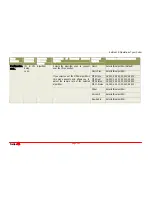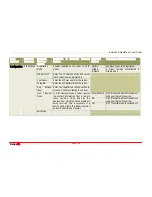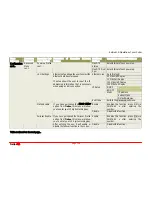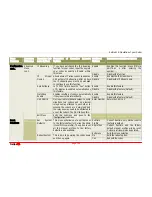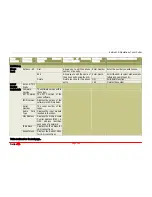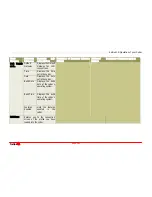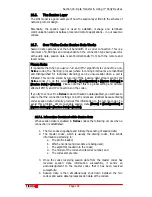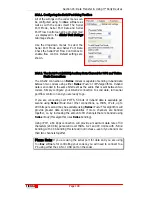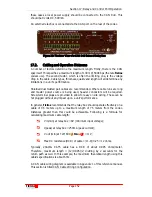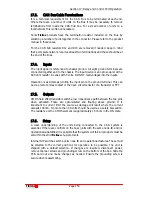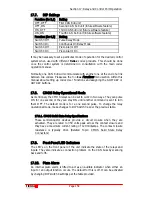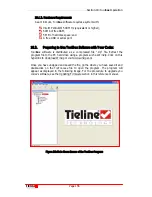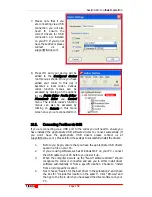
Section 16: Data Transfer & Using 3
rd
Party Devices
T
ieline
T E C H N O L O G Y
Page 144
16.6.
The Session Layer
The OSI model is a good example of how the session layer fits into the scheme of
network protocol design.
Essentially, the session layer is used to establish, manage and terminate
communication sessions between local and remote applications – in our case two
codecs.
16.7.
How Tieline Codec Session Data Works
Session data operates over the full bandwidth of a codec connection. This is a
minimum of 9,600 bps and is dependent on the connection type being used. As
with audio data, session data is sent bidirectionally from both the remote and
local codecs.
Please Note:
It is possible that when you use
G.722
and
MP2
algorithms to connect to a non-
T
ieline
codec, the ’framing’ process (where incoming bit streams are identified
and distinguished for individual decoding) can be unsuccessful when a call is
initiated. This can be solved by turning off the ‘session data’ stream sent by the
T
ieline
codec. To do this select [Menu] > [Configuration] > [System Settings] >
[Session Data] > [Disable]. Please note that this is a global setting and will also
affect all POTS, and IP connections on the codec.
If you try to connect to a
T
ieline
codec with session data disabled, you will have to
ensure that the connection settings on both codecs are identical because dialing
codec session data normally provides this information to the remote codec. To
avoid this problem, simple re-enable session data [Menu] > [Configuration] >
[System Settings] > [Session Data] > [Enable].
16.7.1.
Information Contained within Session Data
When session data is enabled in
T
ieline
codecs the following occurs when a
connection is established:
1.
The two codecs negotiate and initiate the sending of session data;
2.
The master codec, which is usually the dialing codec, then sends
information pertaining to:
a.
The profile loaded;
b.
Which encoders and decoders are being used;
c.
The algorithm loaded into the codec;
d.
The model of the codec and its serial number; and
e.
The codec sample rate.
3.
Once the codec receiving session data from the master codec has
received session data information successfully, it sends an
acknowledgement to the master codec that it has been received
successfully.
4.
Session data is then simultaneously shut down between the two
codecs and audio data replaces session data at the codecs.


